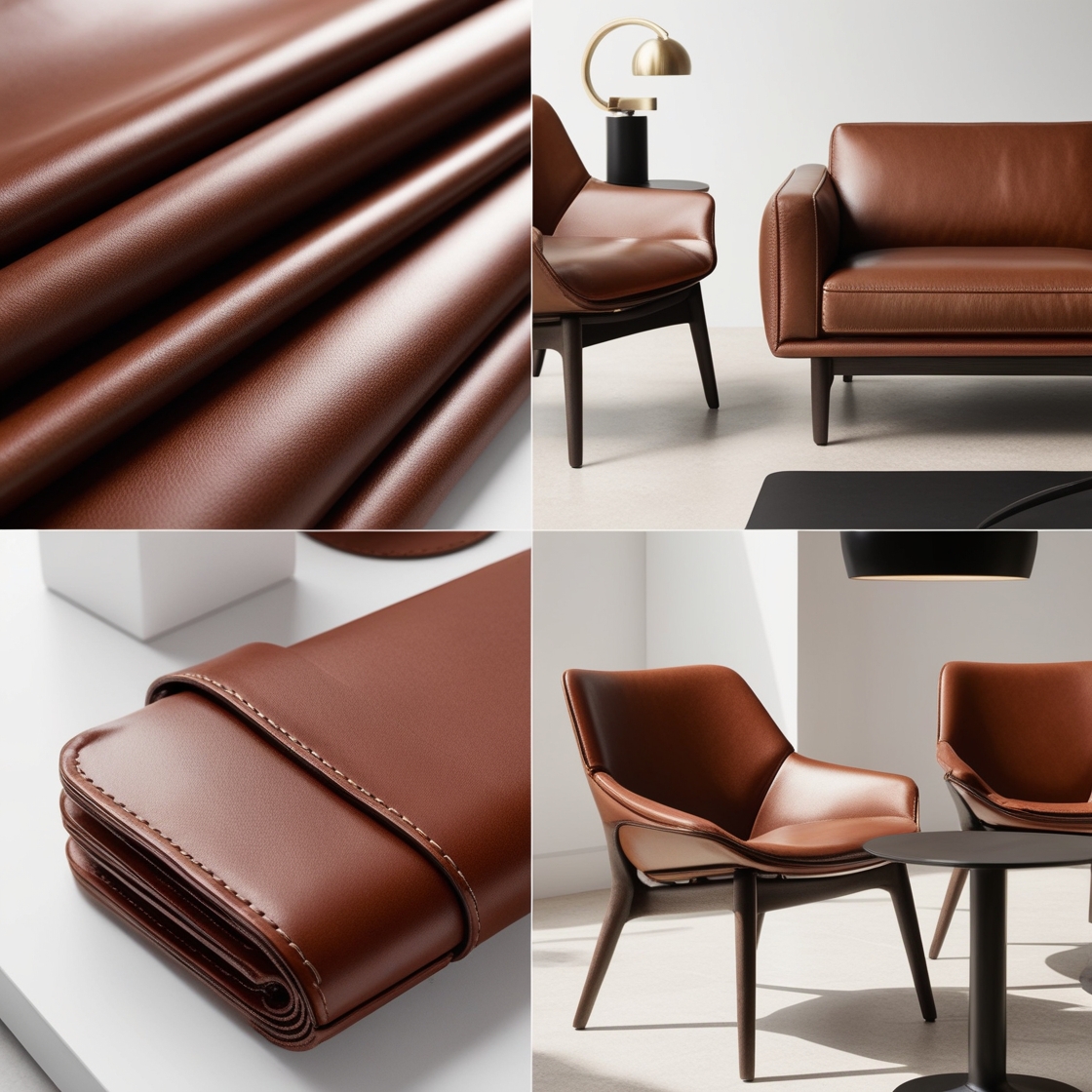Bonded leather is a popular choice for budget-friendly products. Though it aims to mimic the look of genuine leather, it has distinct characteristics that set it apart. In this article, we will explore what bonded leather is, its uses, and why it might be less desirable compared to other types of leather.
What is Bonded Leather?
Understanding Bonded Leather
Bonded leather is created from leftover scraps of leather, which are bonded together using adhesives. This process involves grinding the leather scraps into small particles and mixing them with a bonding agent. The mixture is then pressed into sheets, resulting in a material that looks somewhat like real leather but has a different composition.
The Manufacturing Process
The production of bonded leather involves several key steps:
- Scrap Collection: Leather scraps are collected and sorted.
- Grinding: The scraps are ground into fine particles.
- Bonding: The particles are mixed with adhesives to form a cohesive sheet.
- Pressing: The mixture is pressed into sheets to create the final product.
This process allows for the creation of leather-like material at a lower cost. However, it also means that bonded leather lacks the durability and longevity of genuine leather.
Read more about Exotic Leather: The Allure of Unique Textures
Why Choose Bonded Leather?
Cost-Effective Option
One of the main advantages of bonded leather is its affordability. It provides a leather-like appearance at a fraction of the cost of genuine leather. This makes it an attractive option for budget-conscious consumers looking for stylish, leather-like products without the high price tag.
Appearance and Versatility
Bonded leather can mimic the look of genuine leather, making it a popular choice for a variety of products. Common uses include:
- Furniture: Bonded leather is often used for budget-friendly sofas and chairs.
- Accessories: It is commonly found in inexpensive belts, wallets, and bags.
- Upholstery: It’s used in budget-friendly car seats and office chairs.
Despite its attractive appearance, it’s important to remember that bonded leather is not as durable as real leather.
Limitations of Bonded Leather
Durability Concerns
While bonded leather can look appealing, it is generally less durable than genuine leather. Over time, it can wear down and lose its appearance. The adhesive used in its creation can also cause it to peel or crack, particularly with heavy use.
Longevity Issues
Bonded leather tends to have a shorter lifespan compared to other types of leather. It is more prone to damage from wear and tear, and it may not hold up well in high-traffic areas.
Caring for Bonded Leather
Basic Maintenance
To extend the life of bonded leather, follow these simple care tips:
- Avoid Excessive Moisture: Keep bonded leather dry to prevent damage from water.
- Clean Regularly: Wipe it down with a damp cloth to remove dust and dirt.
- Avoid Harsh Chemicals: Use mild cleaners to avoid damaging the surface.
Storage Tips
For best results, store bonded leather products in a cool, dry place. Avoid exposing them to direct sunlight or heat sources, which can cause the material to deteriorate more quickly.
Patent Leather: Gloss and Glamour
In addition to bonded leather, patent leather is another type worth considering. Patent leather is known for its high-gloss finish, achieved through a coating process that gives it a shiny appearance. This material is often used in formal shoes, handbags, and accessories, adding a touch of elegance and sophistication.
Conclusion
Bonded leather offers an affordable alternative to genuine leather with a leather-like appearance. While it is suitable for budget-friendly products, it comes with limitations in durability and longevity. Understanding these factors will help you make informed decisions when choosing bonded leather items. For a more enduring leather option, consider exploring genuine leather products or the gloss and glamour of patent leather.
